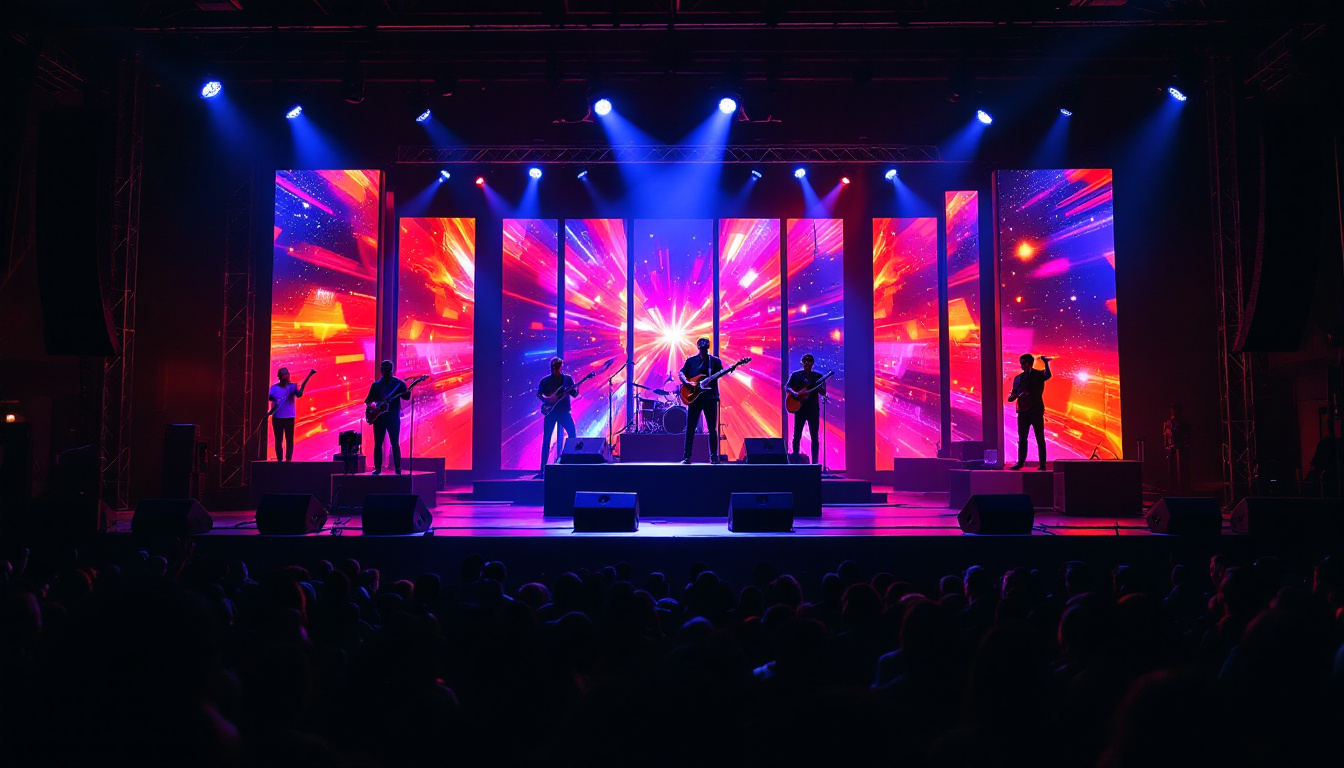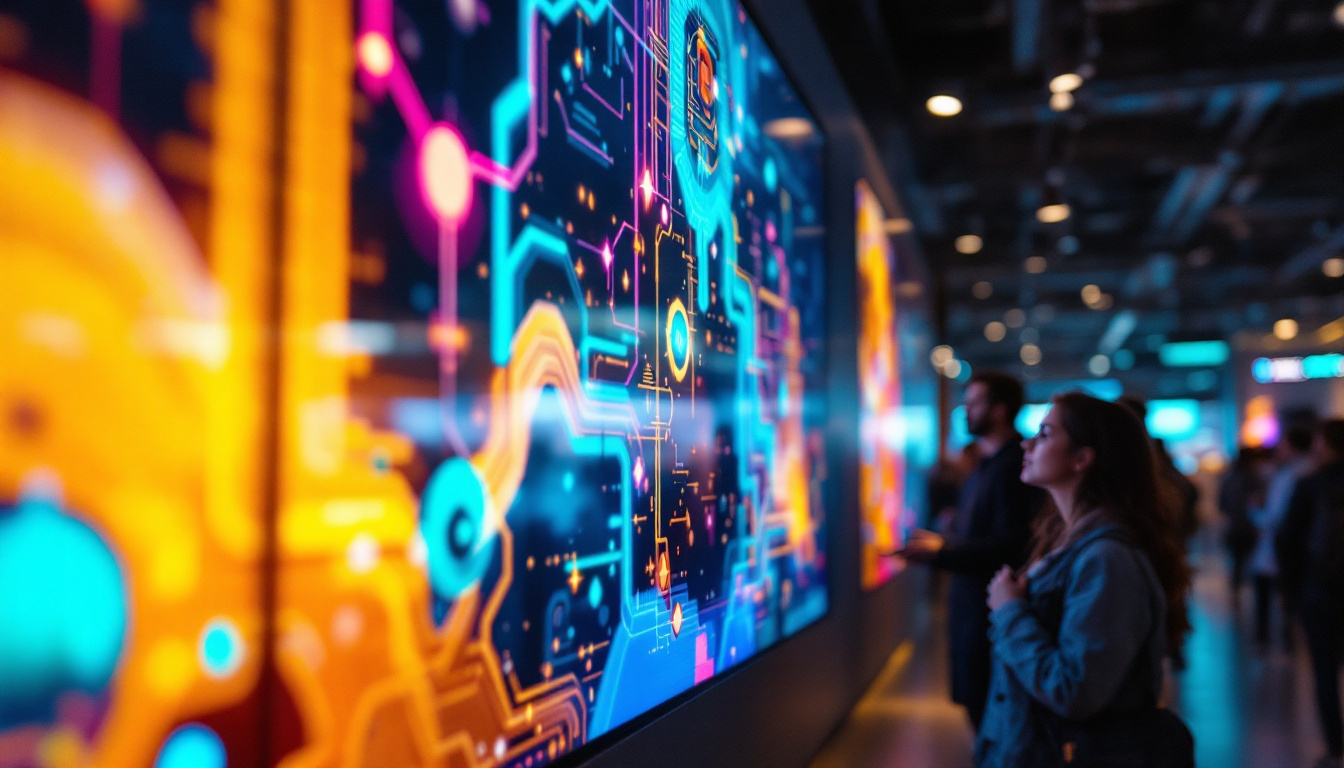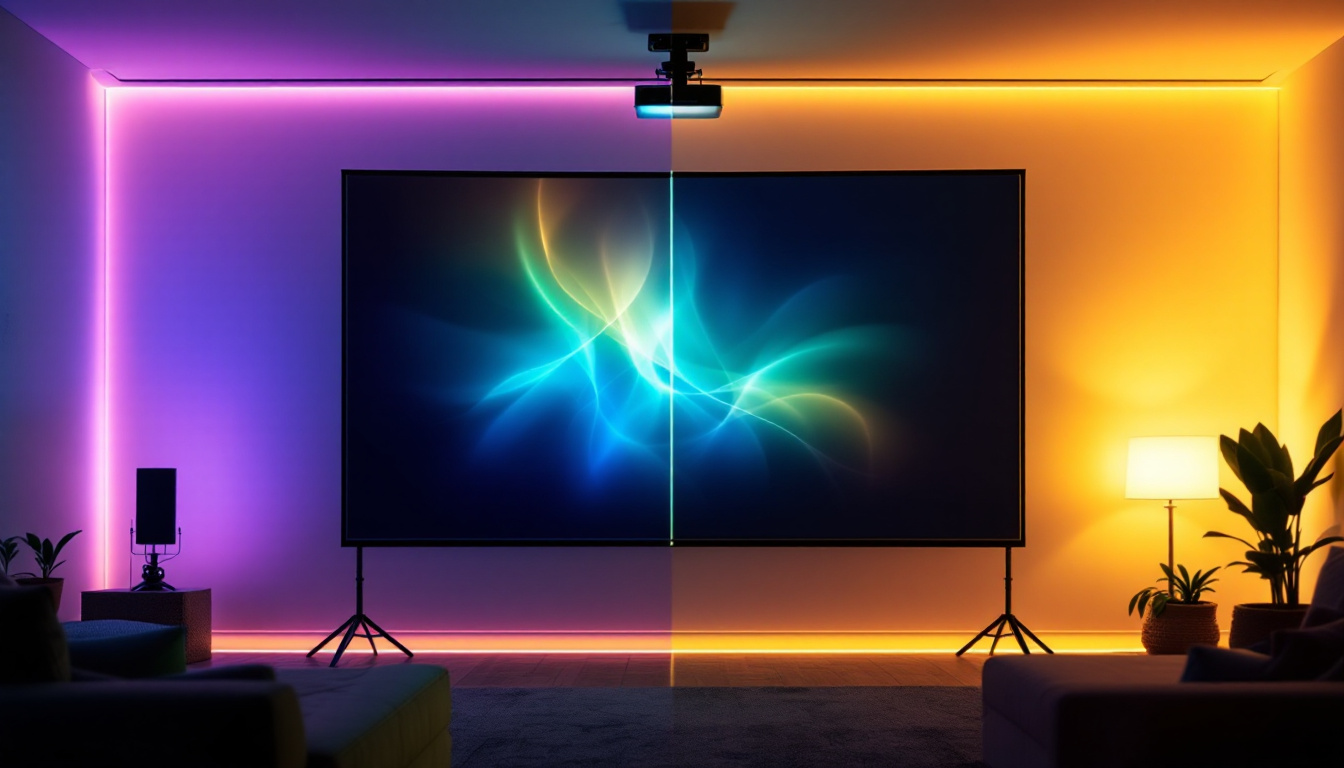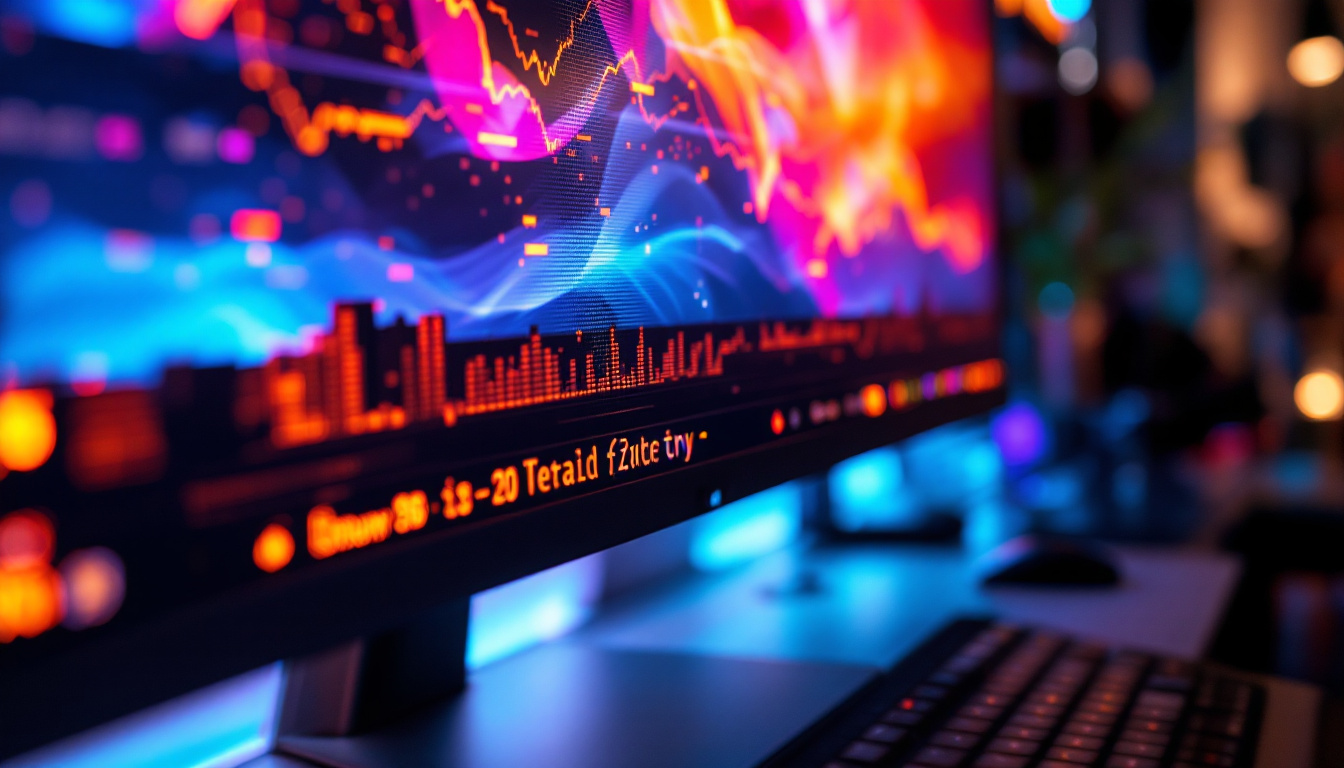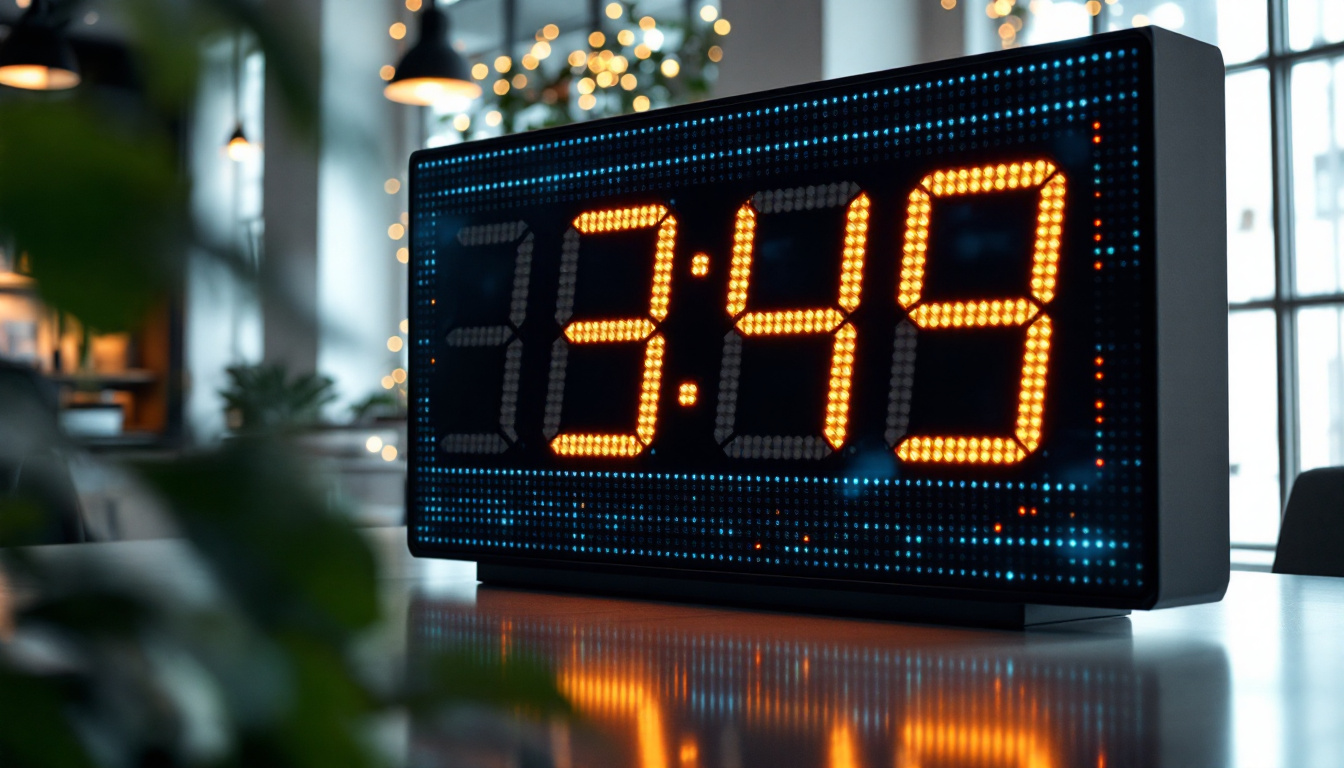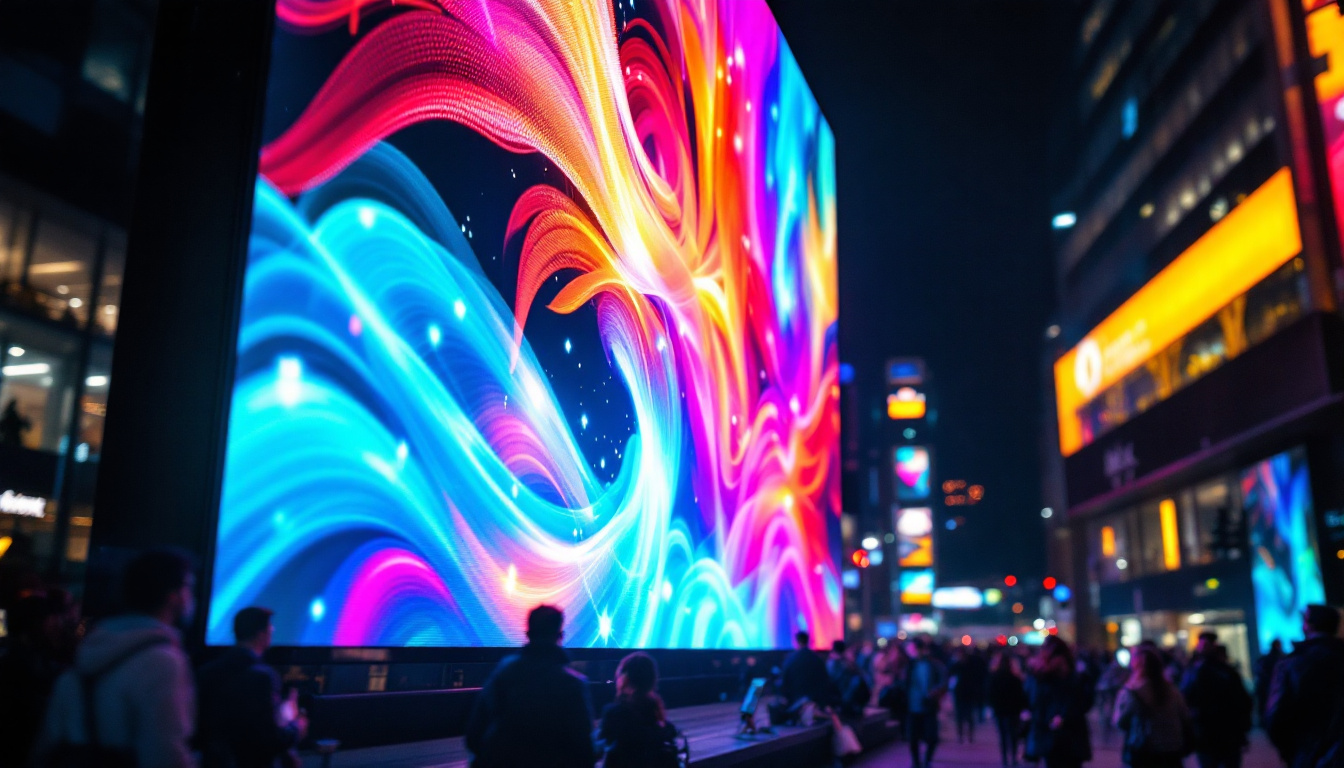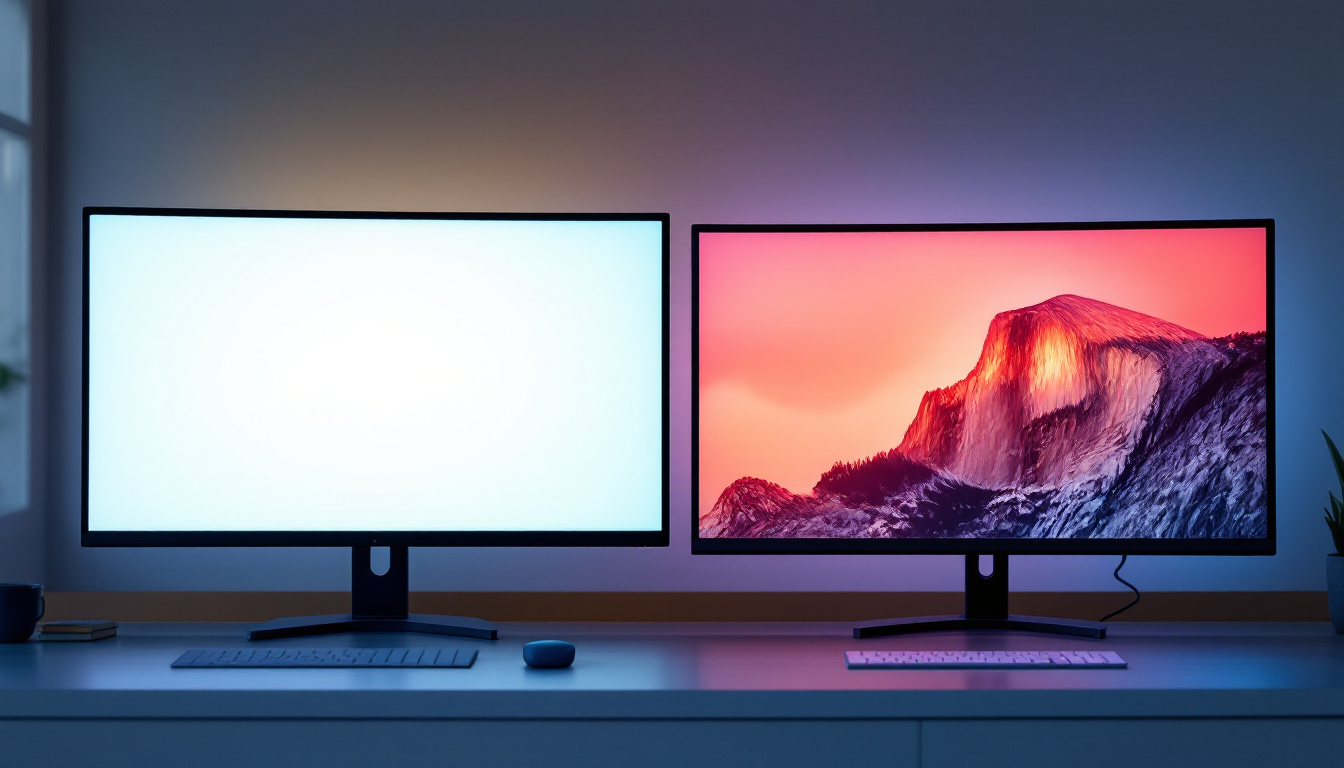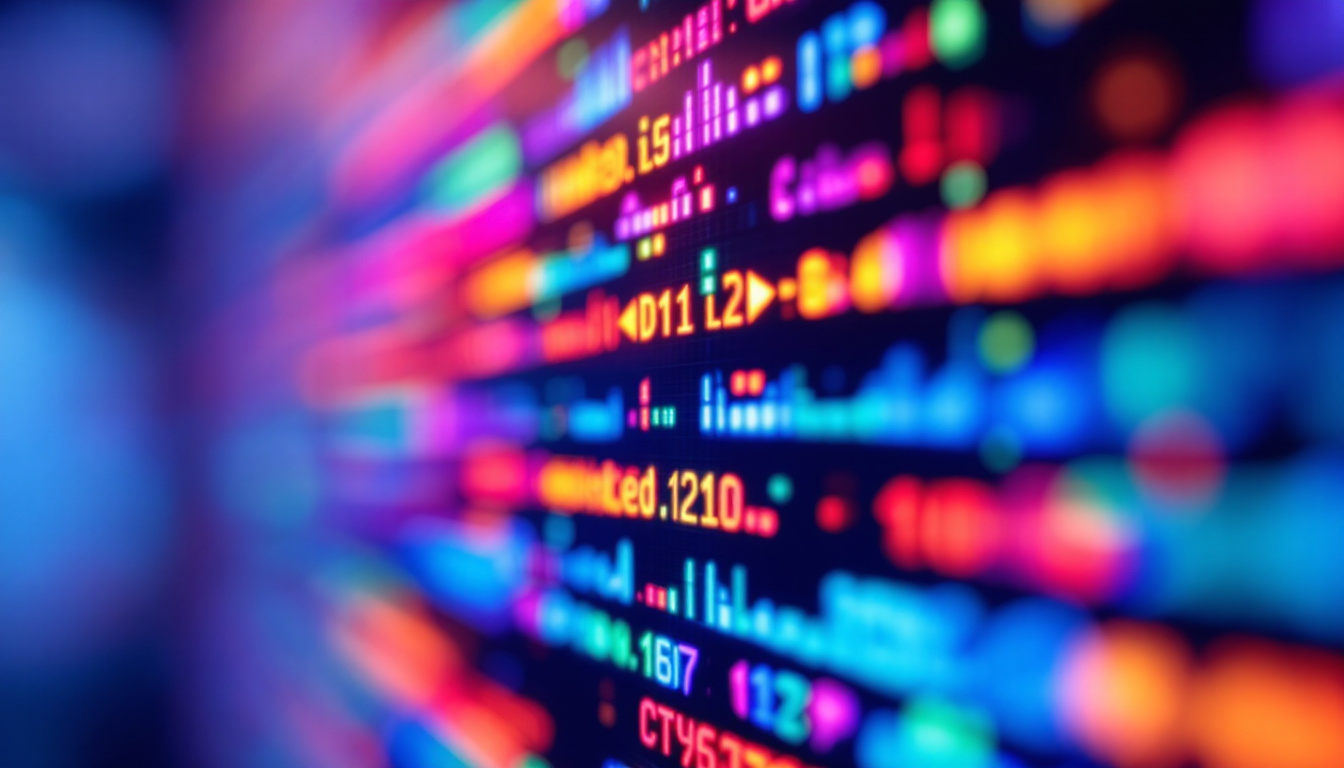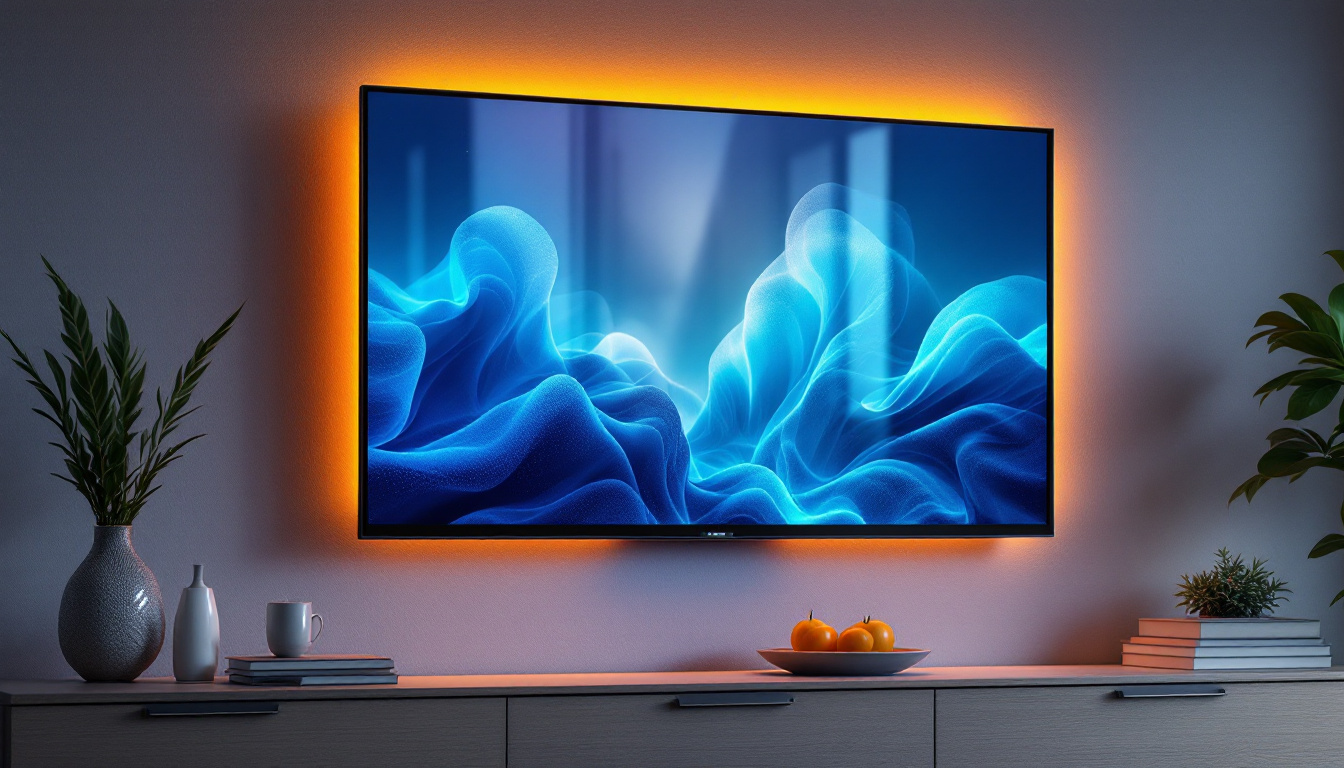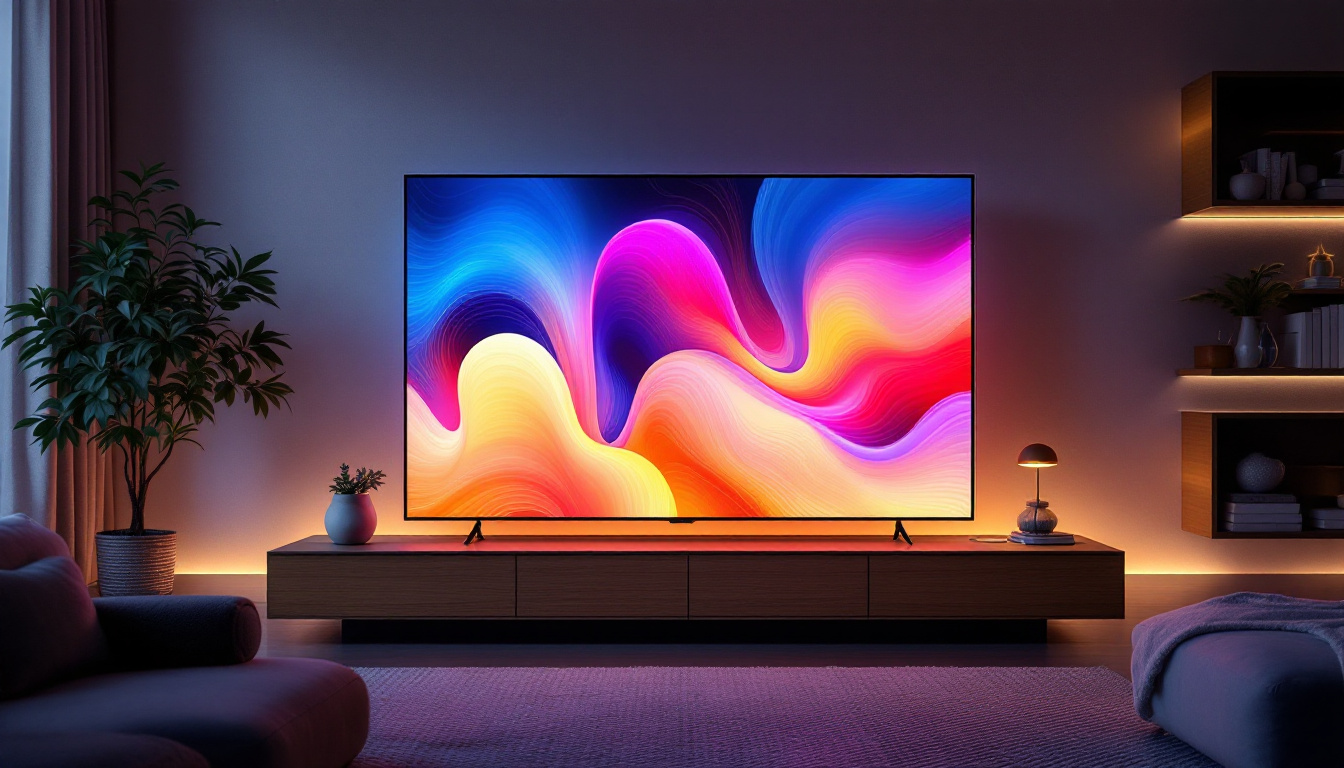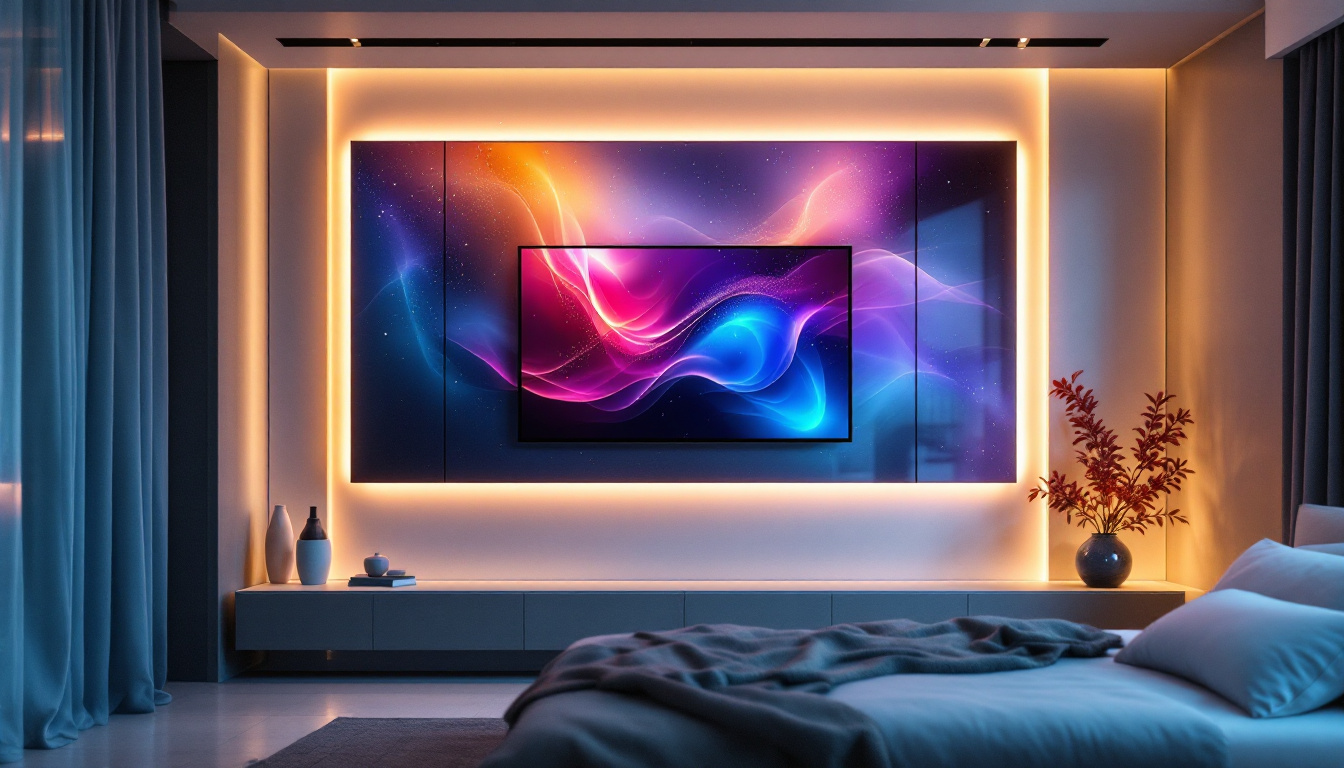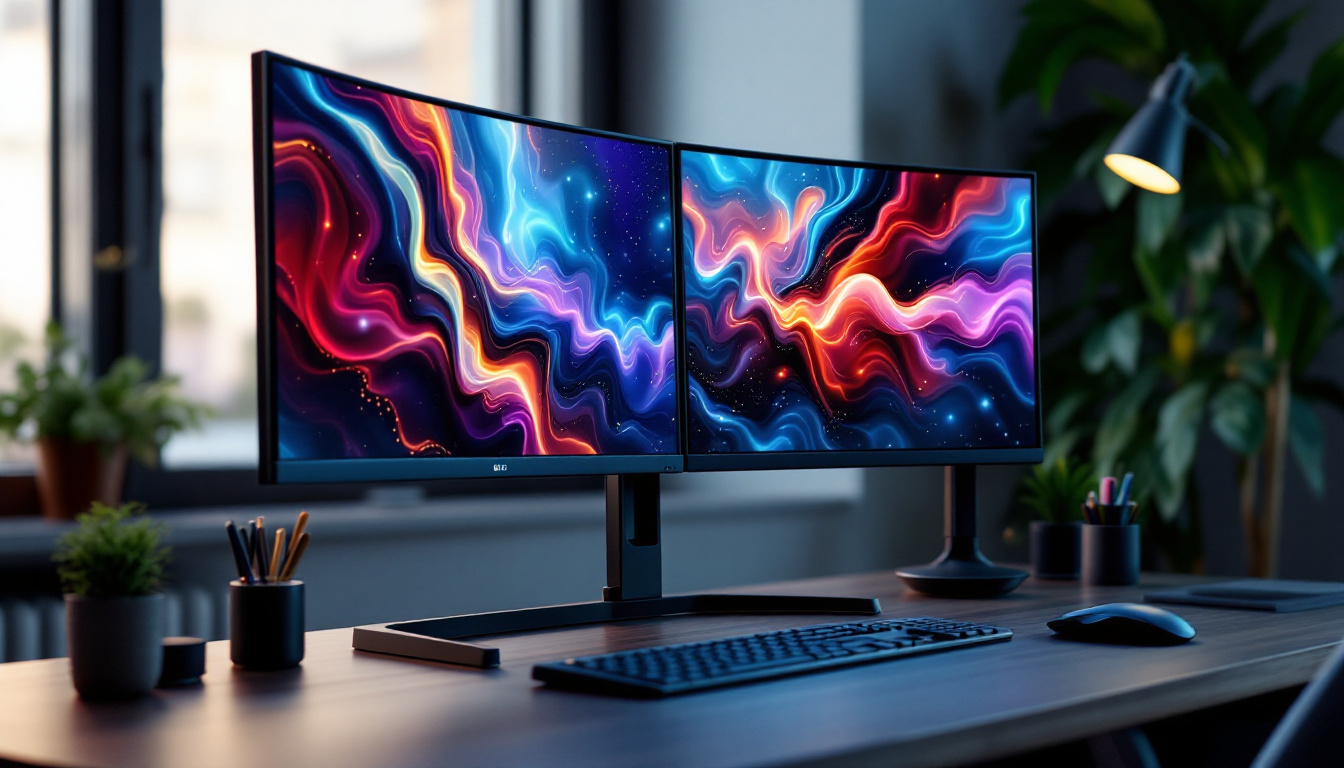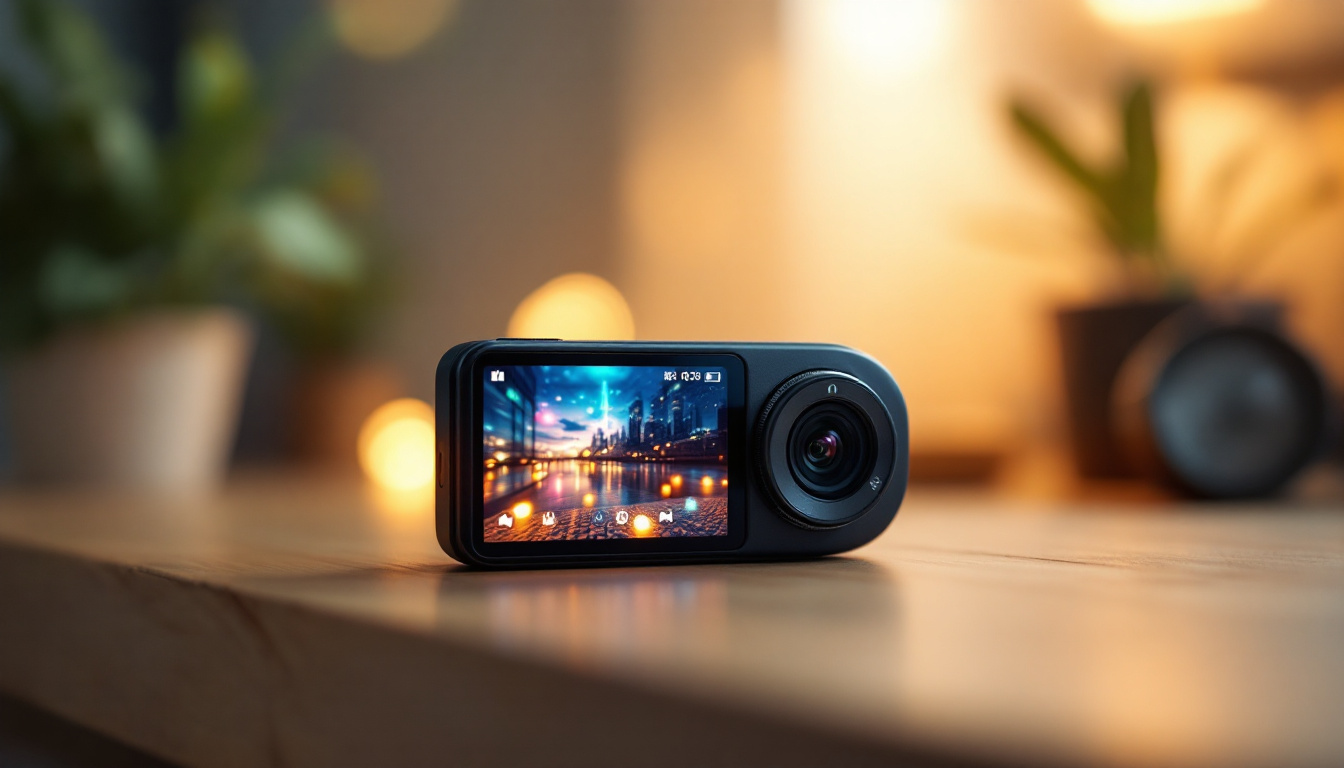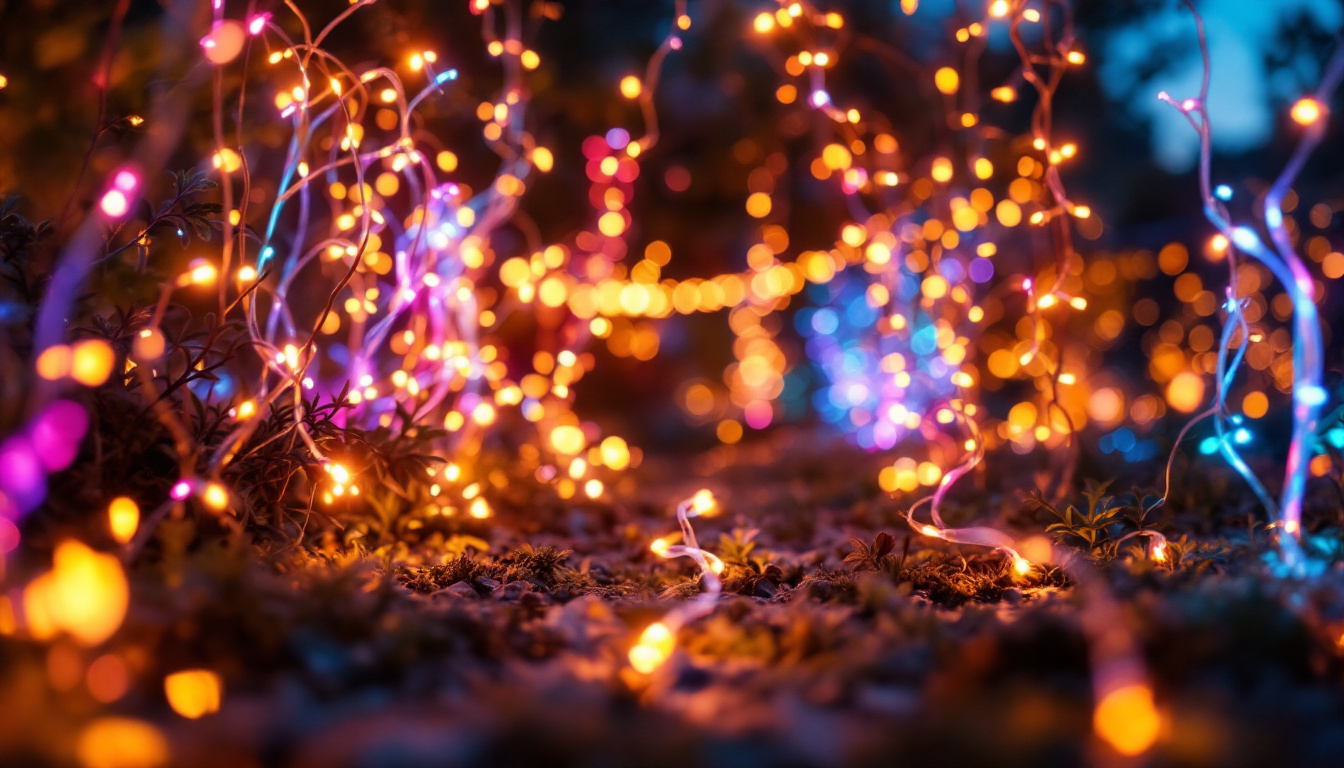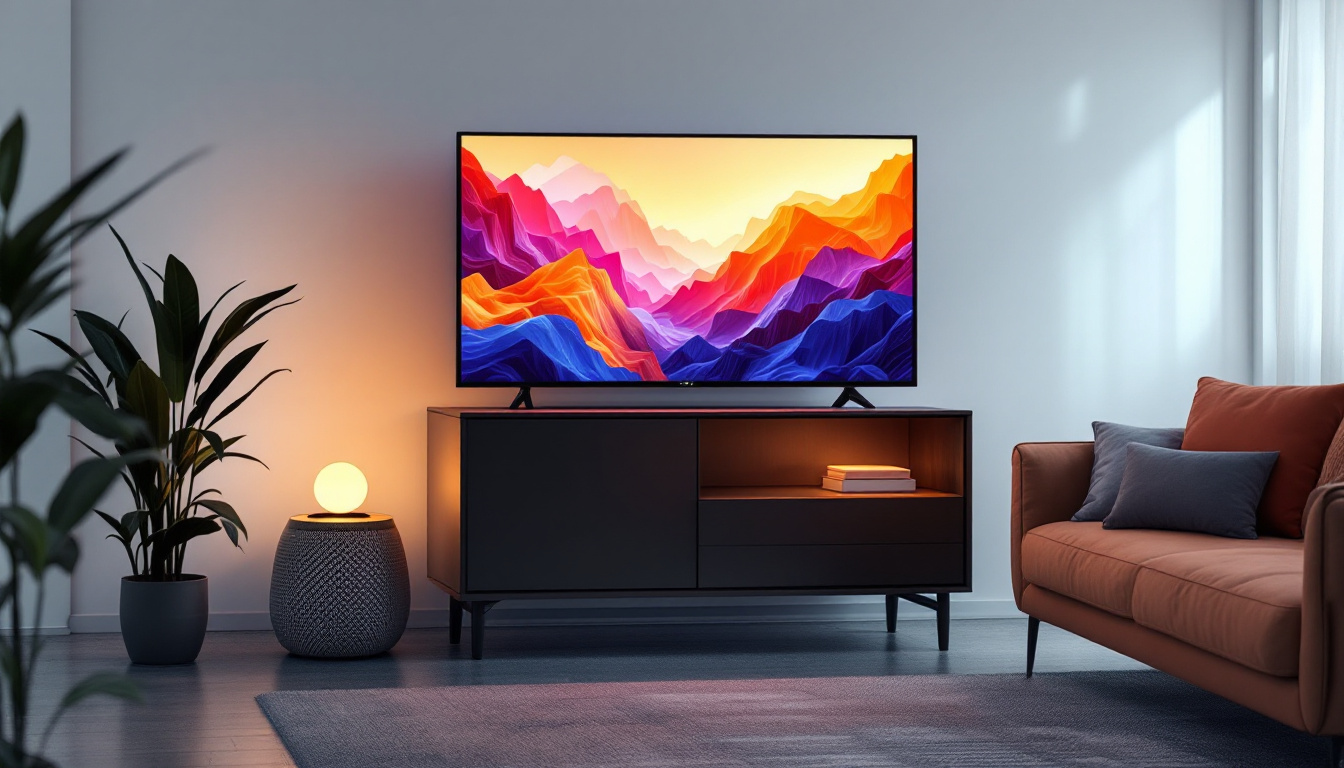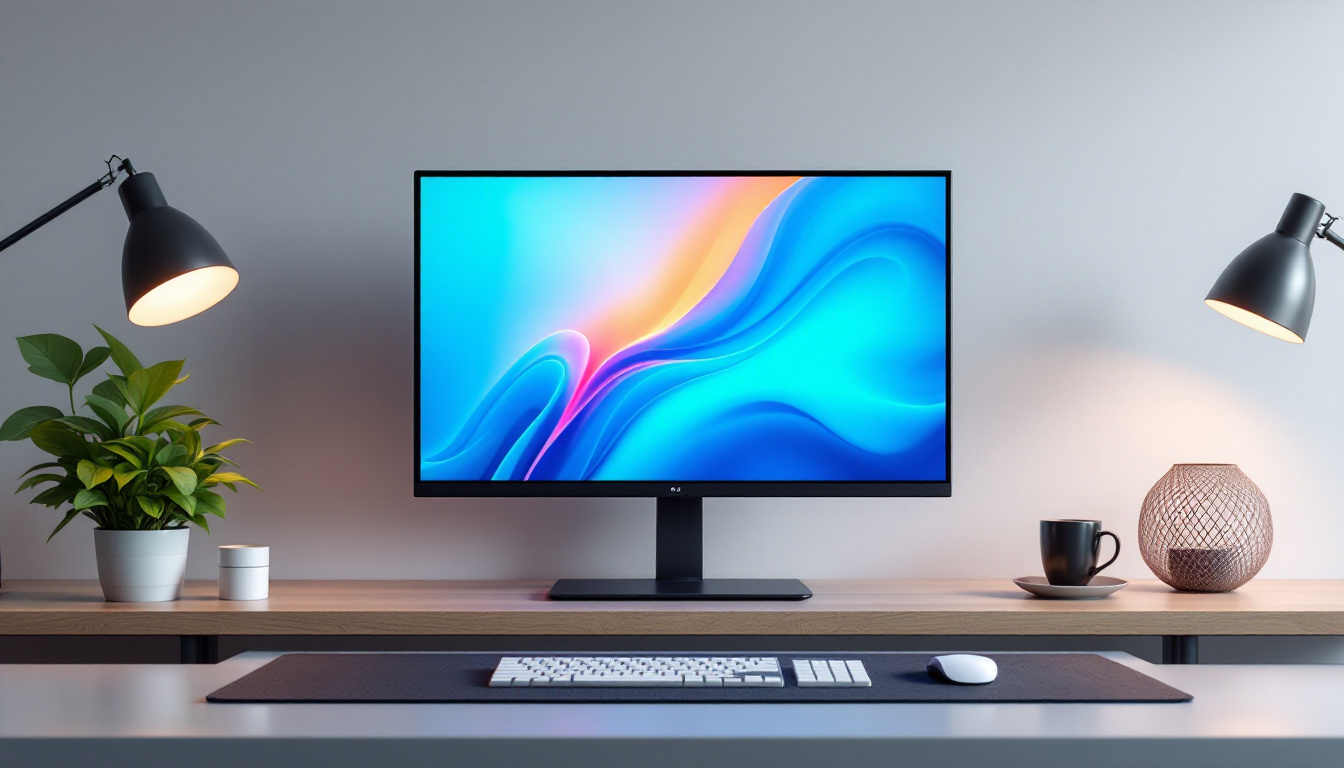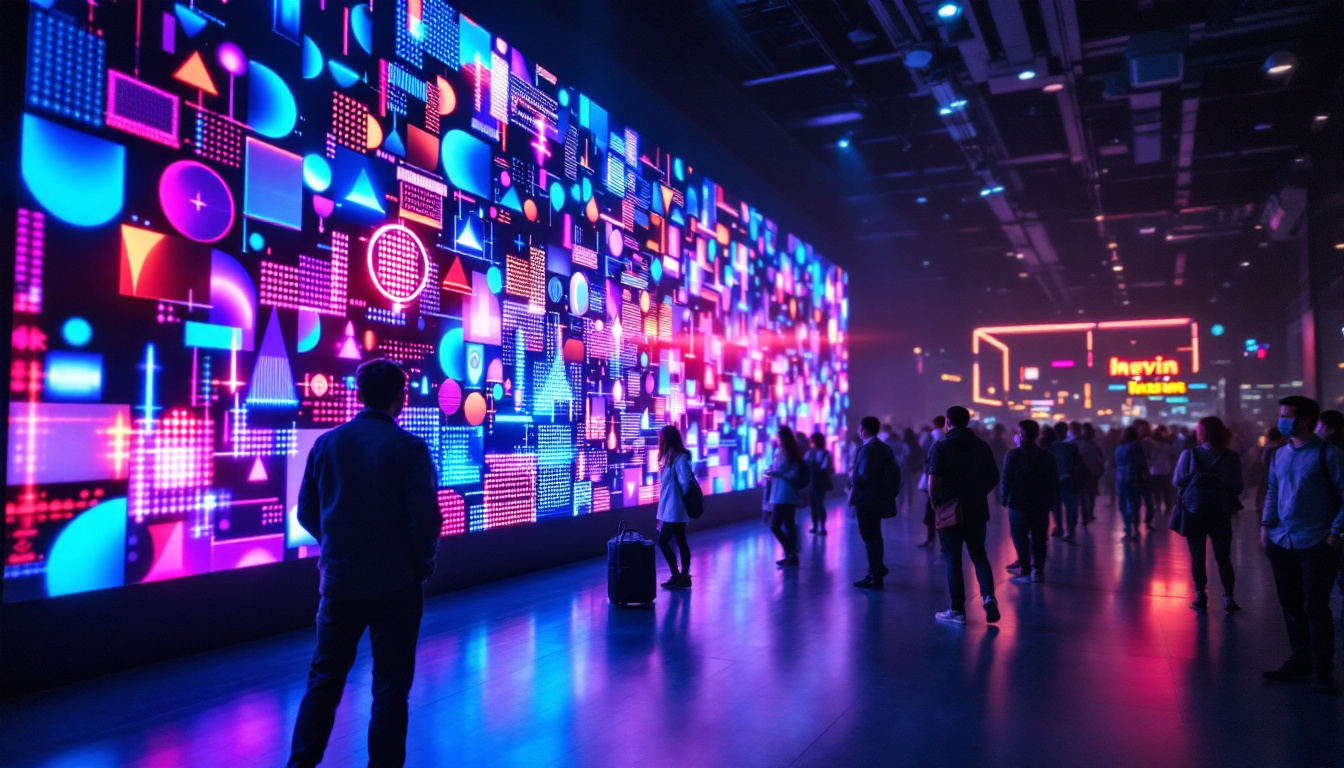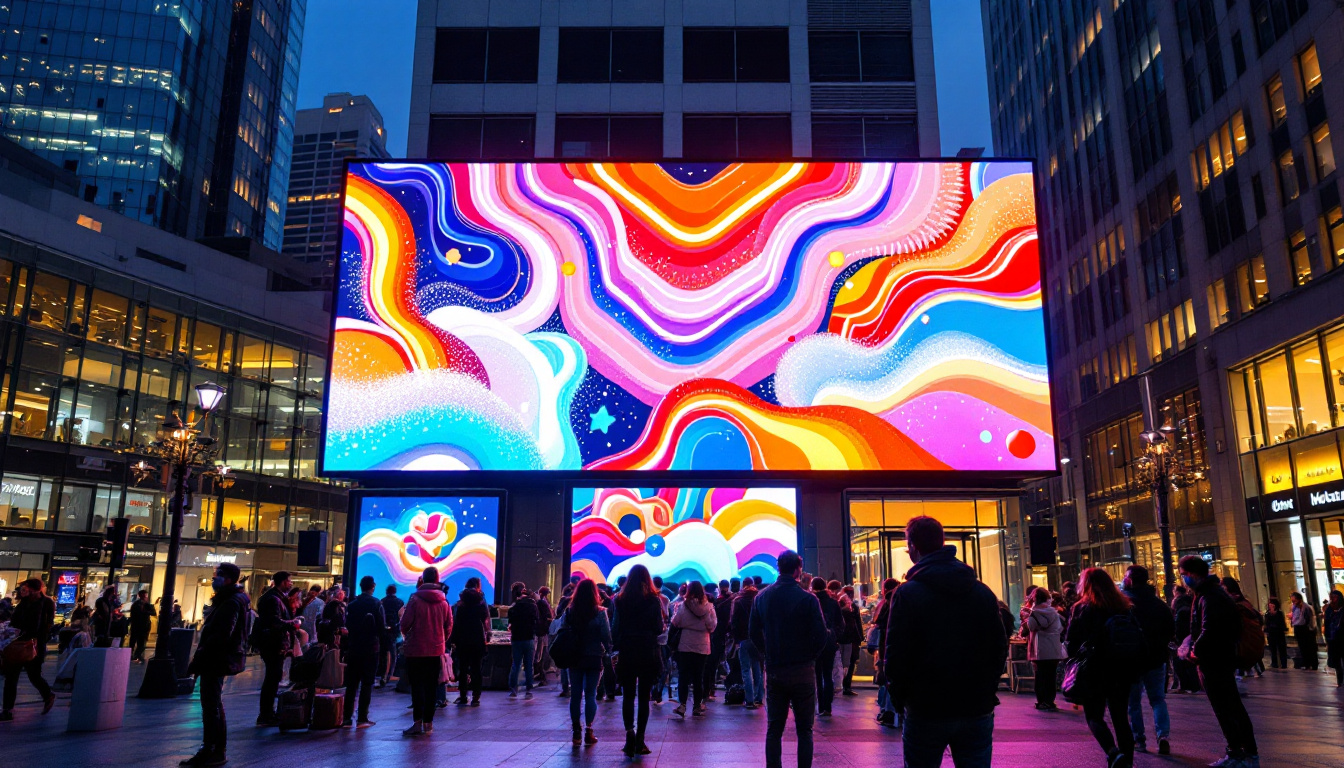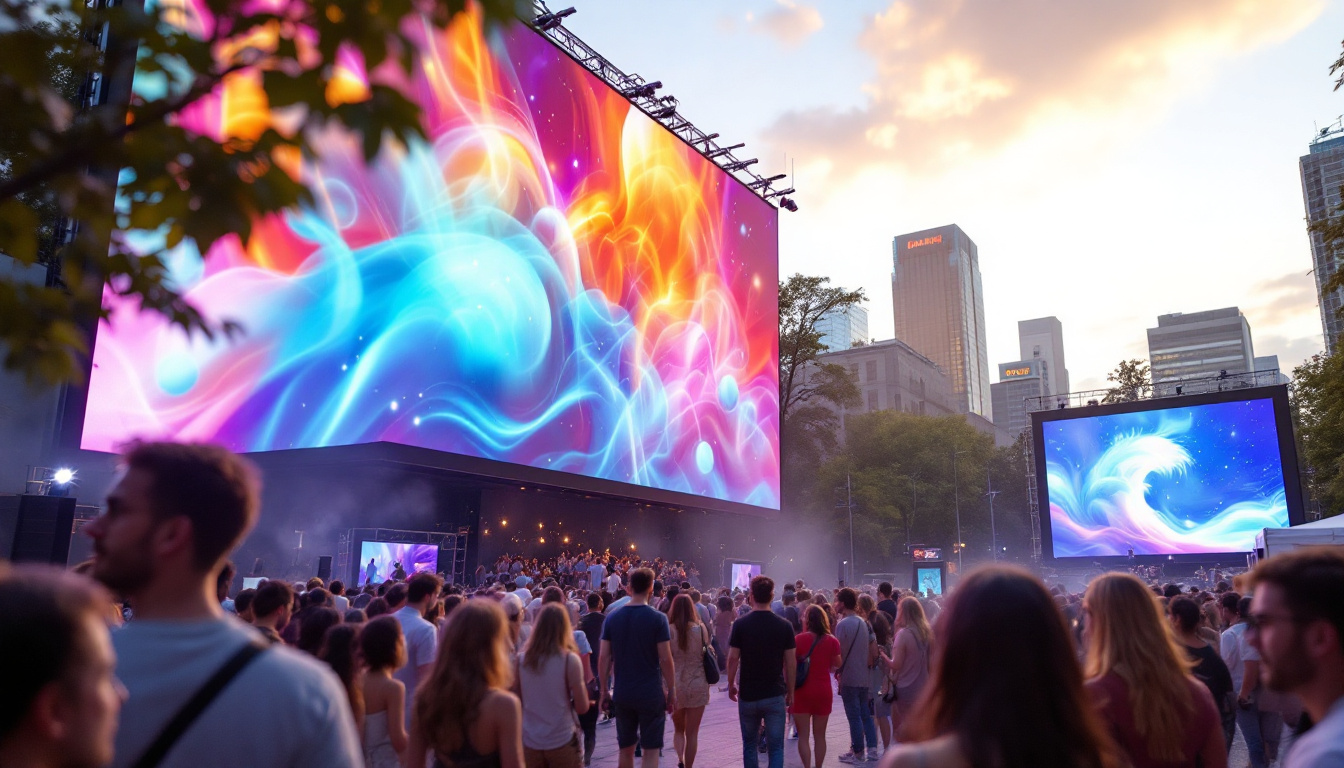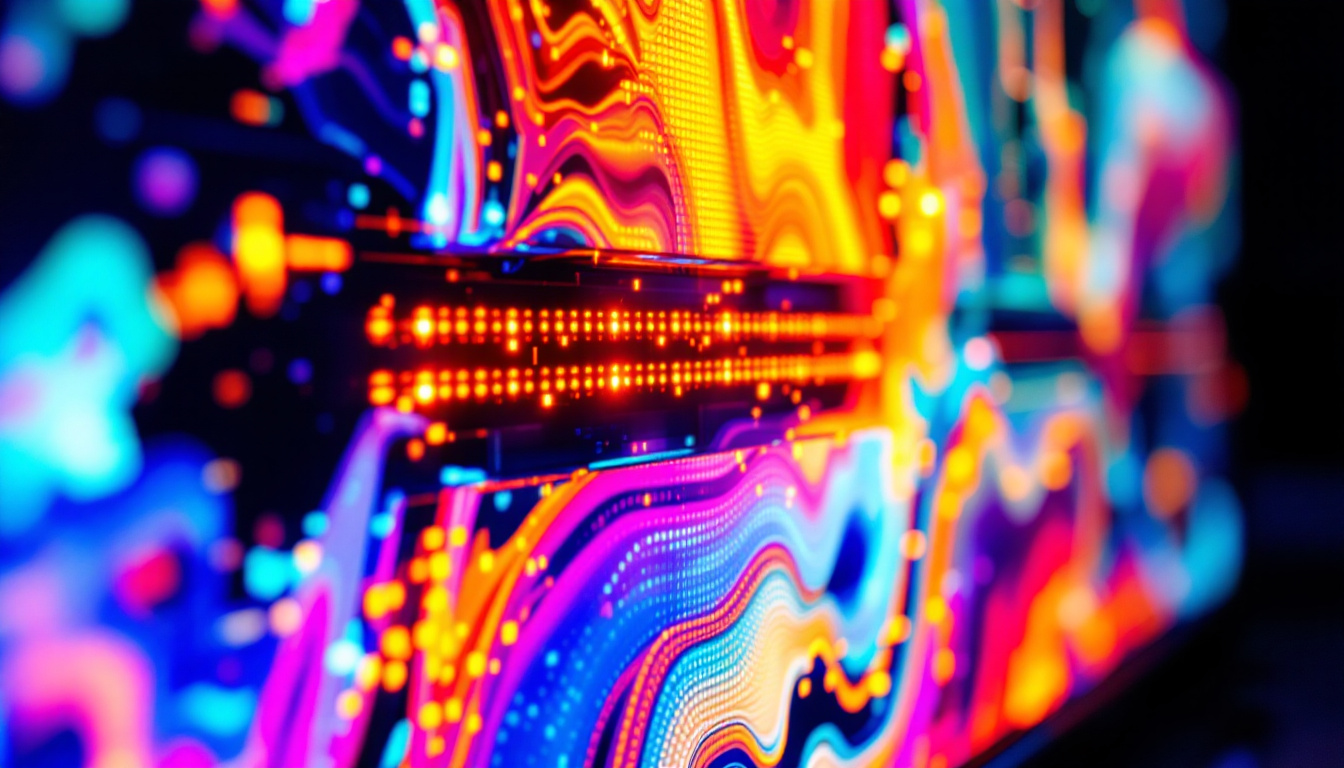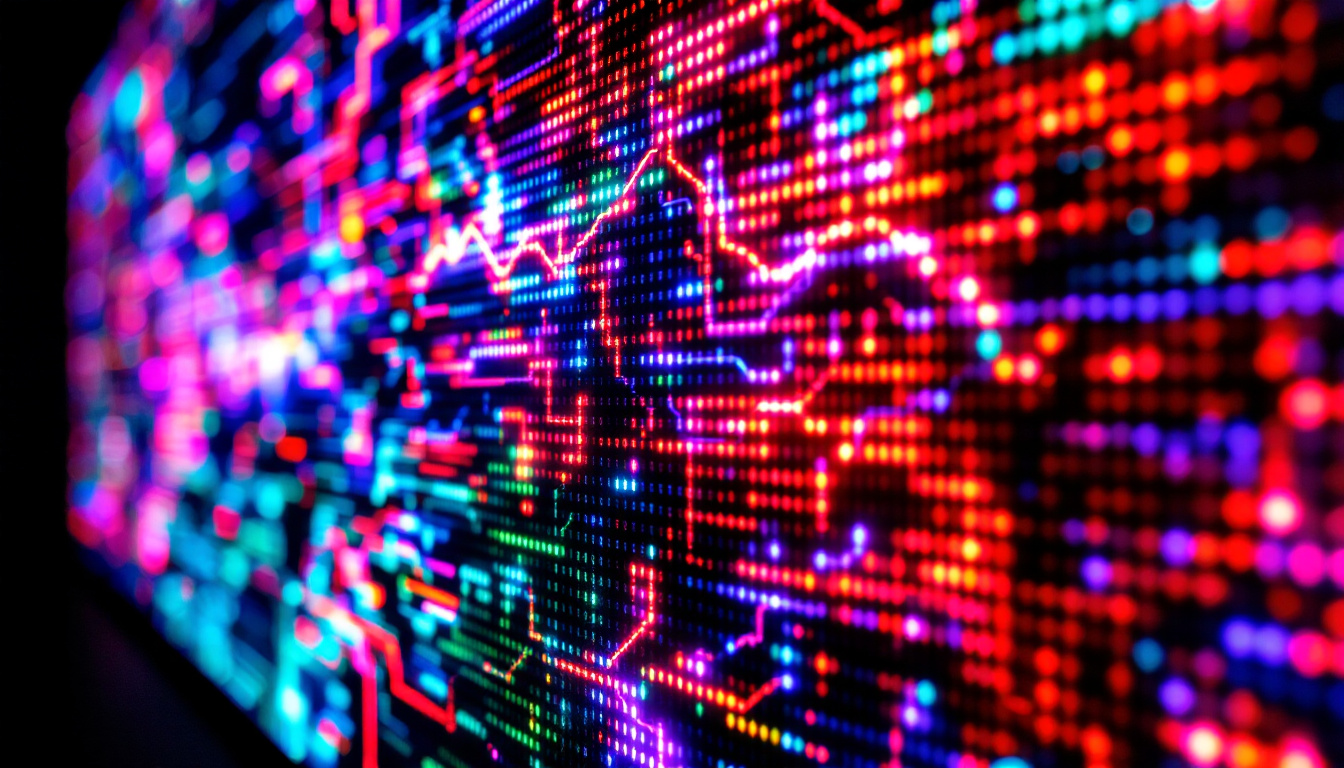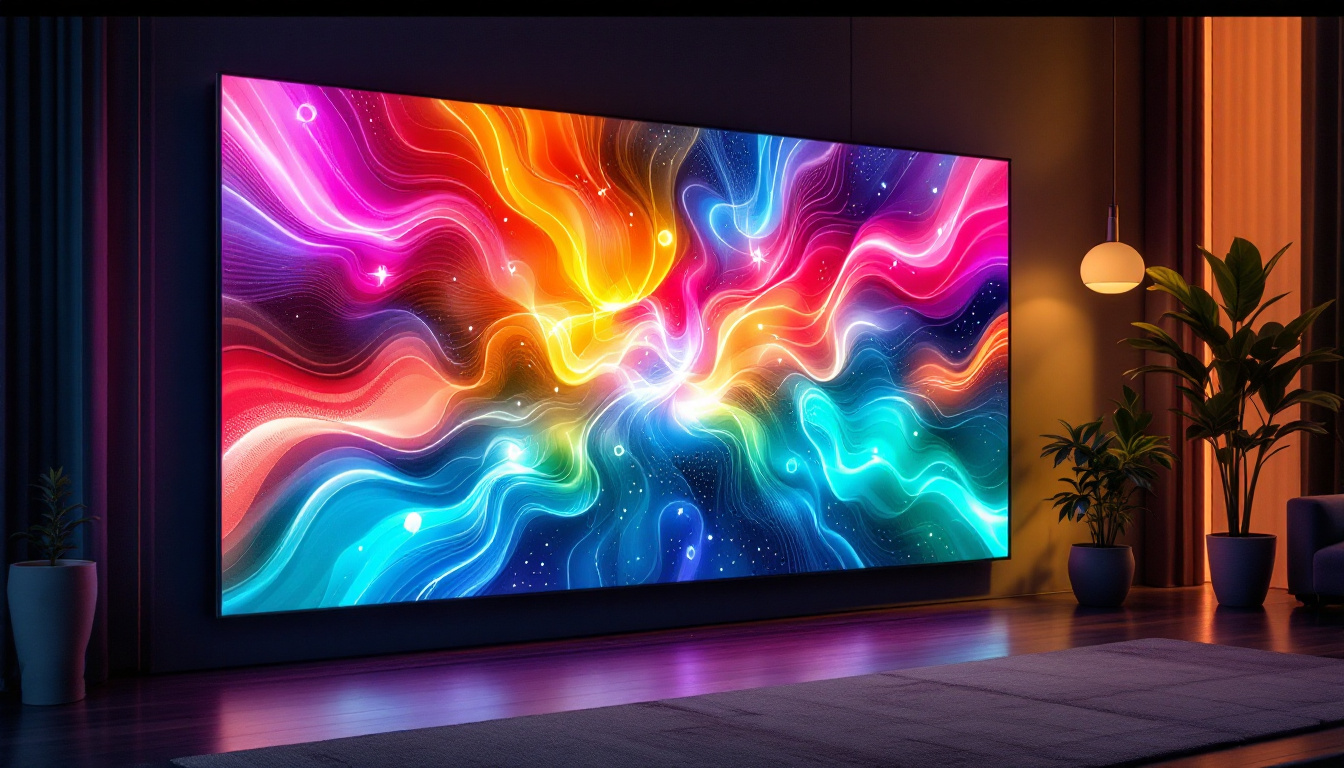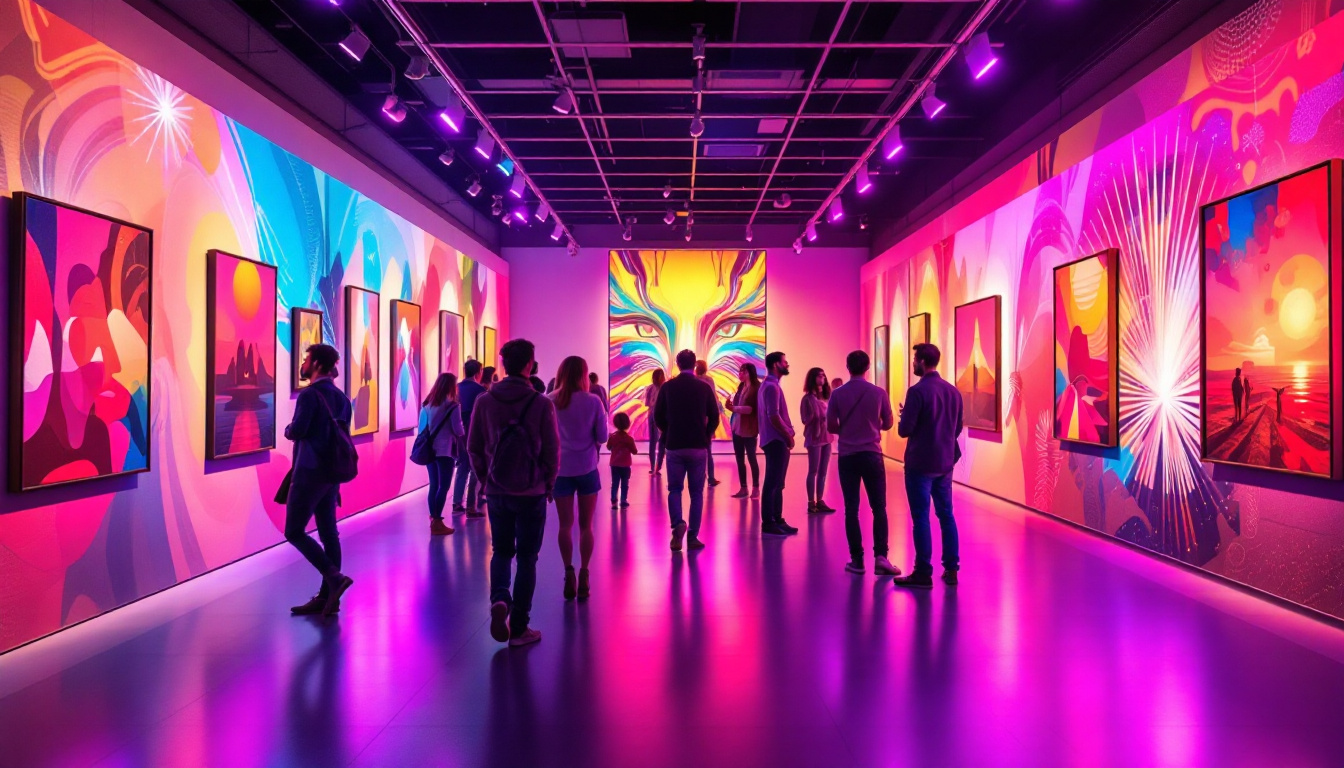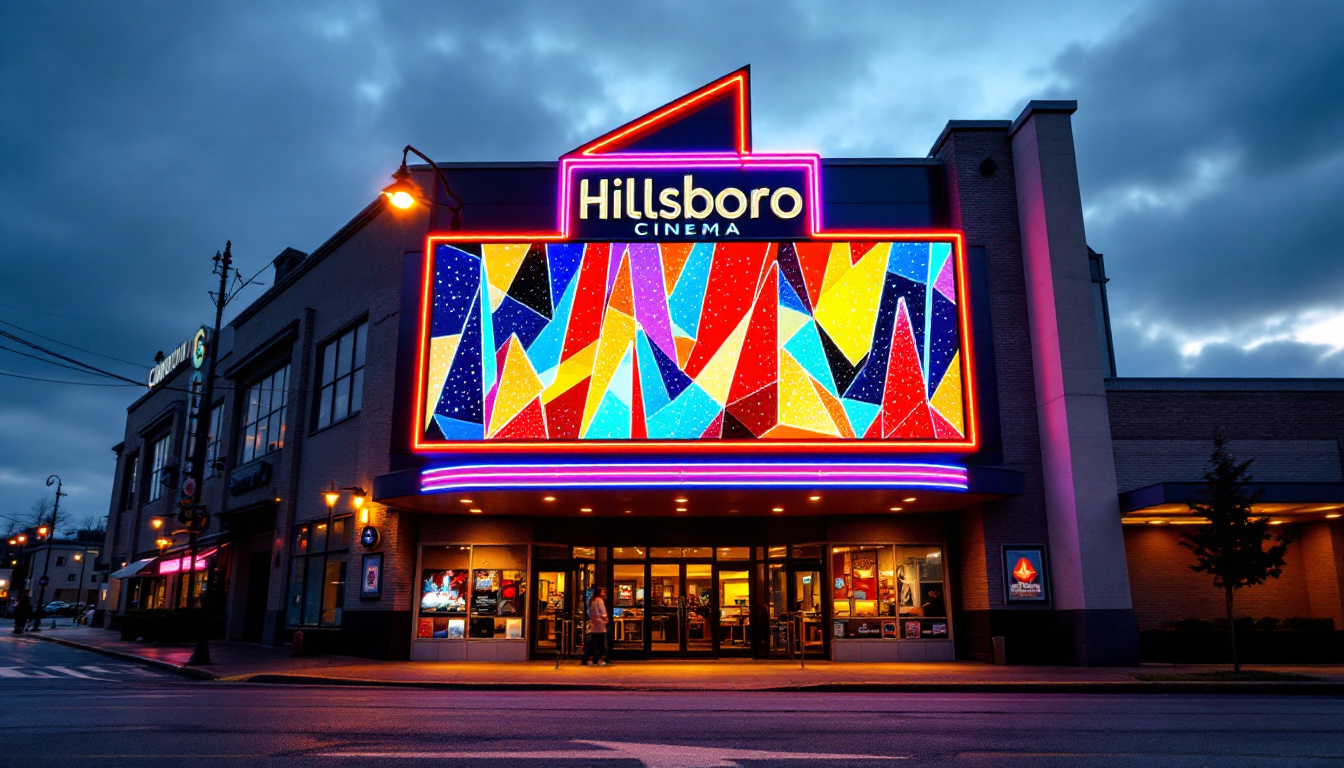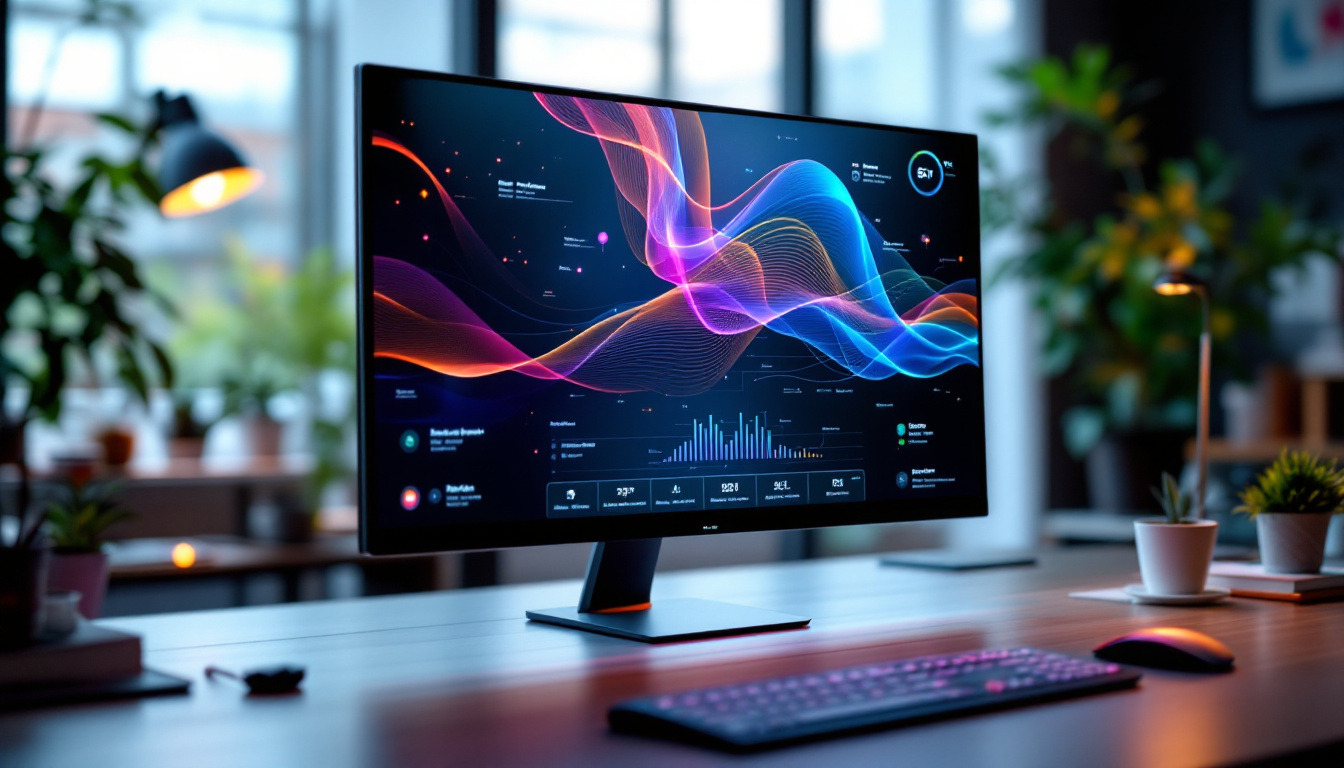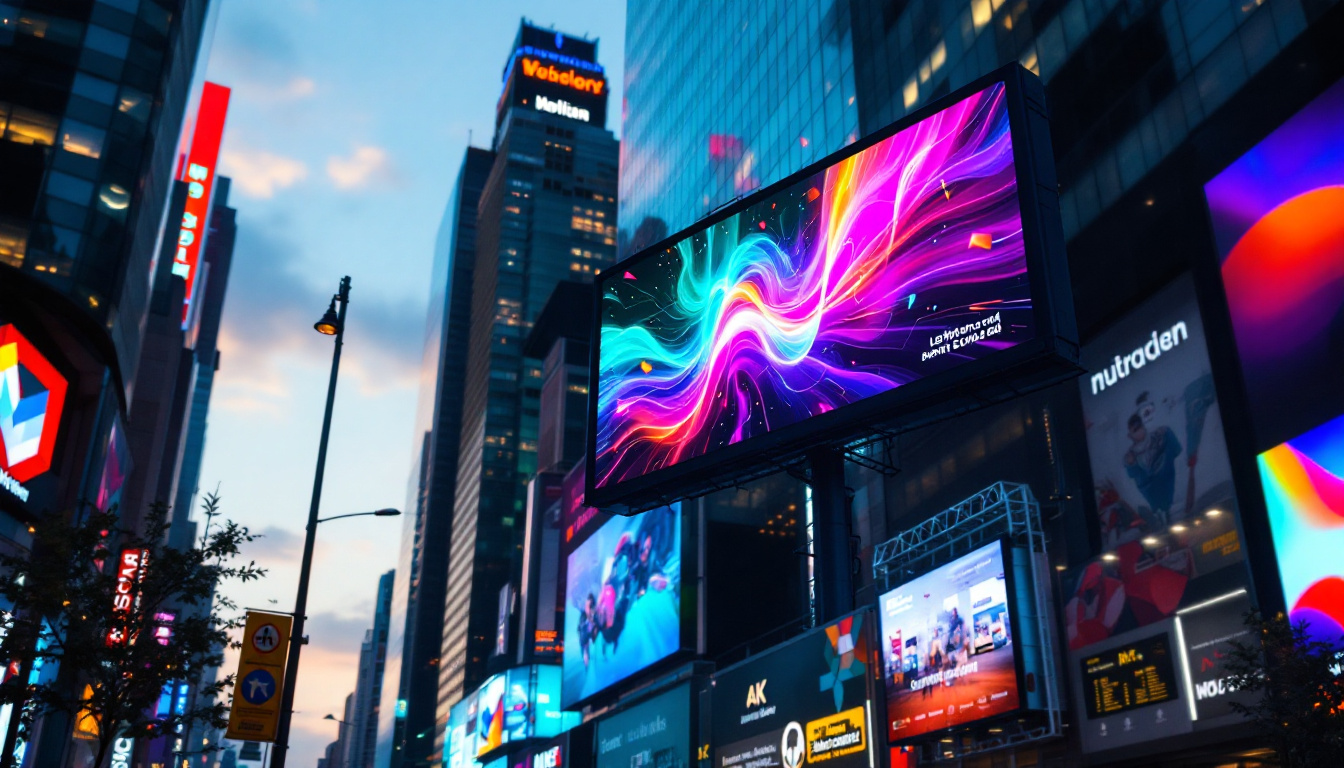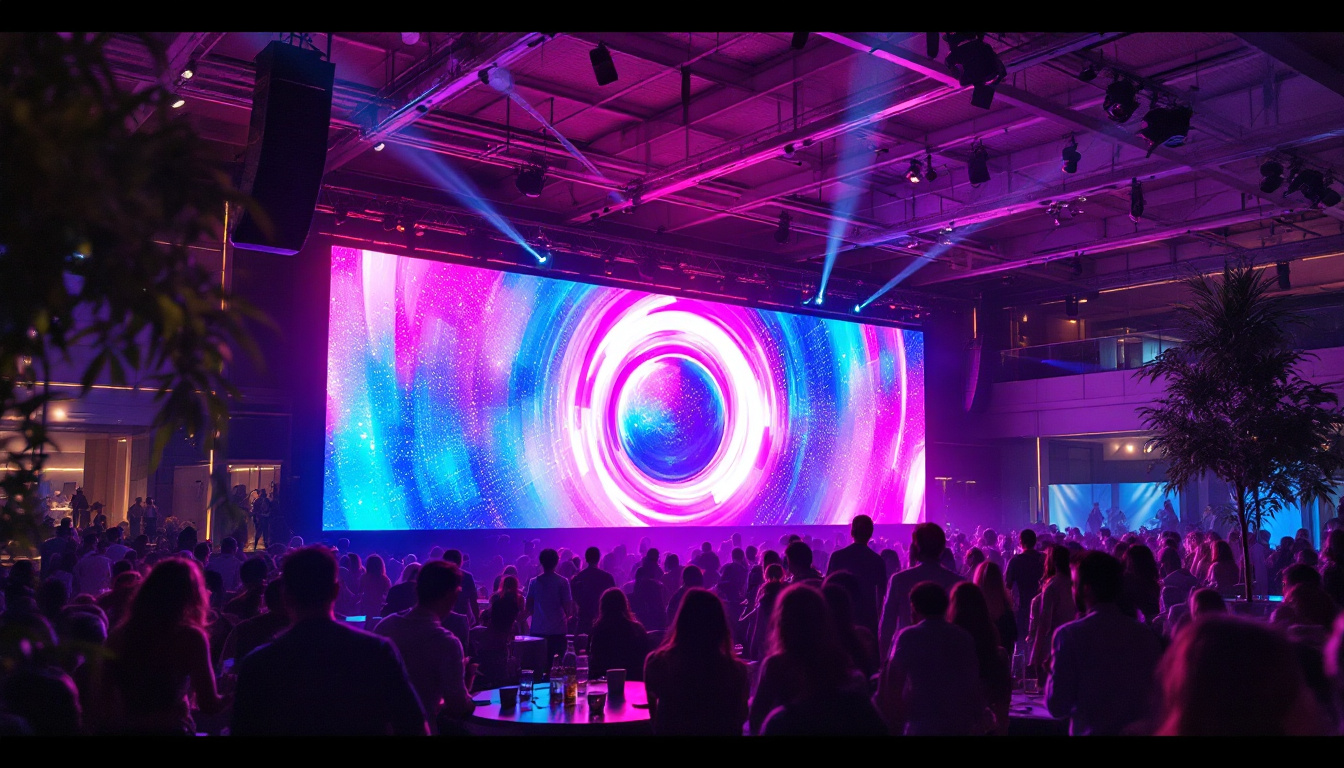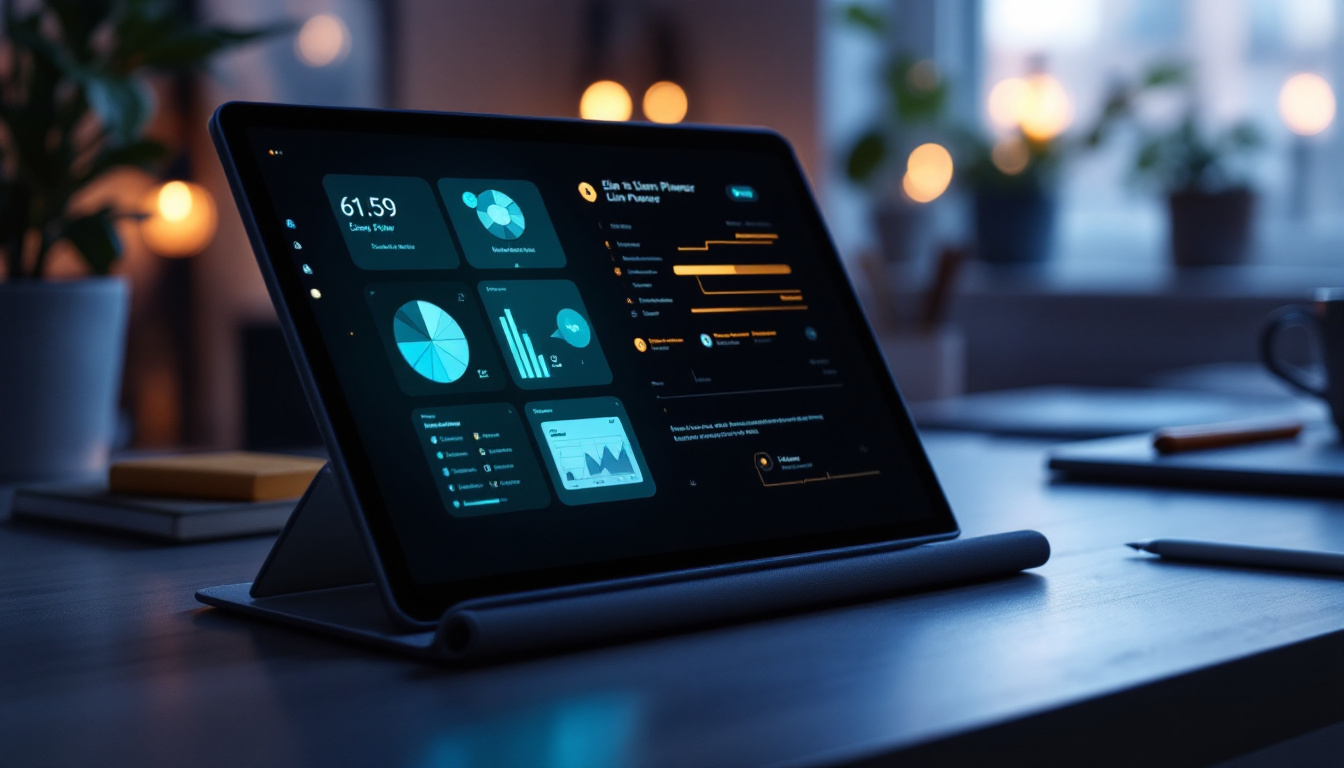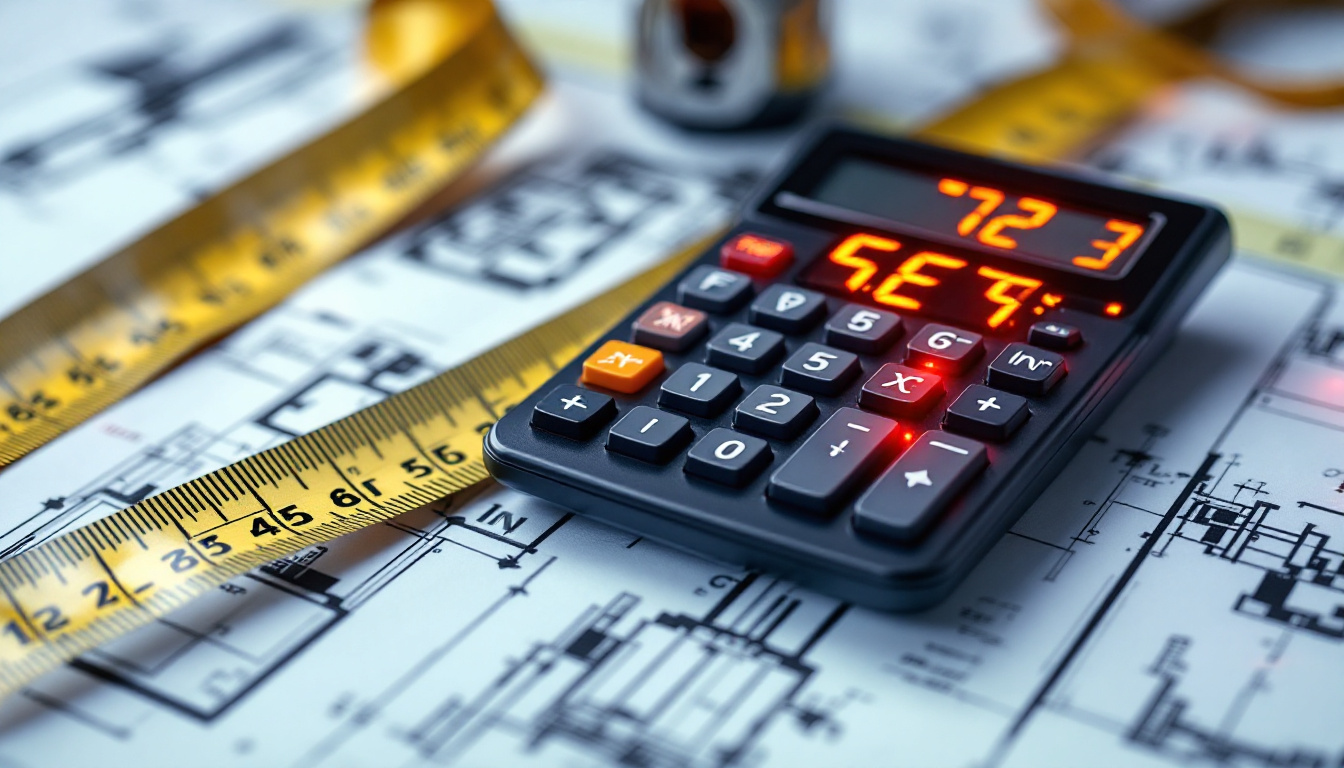In the world of event production, stage backdrops play a crucial role in setting the tone and enhancing the overall aesthetic of a performance. Among the various options available, LED displays have emerged as a popular choice due to their versatility and dynamic capabilities. This article delves into the innovative world of LED stage backdrops, exploring their advantages, design ideas, and practical considerations for event planners and performers alike.
The Rise of LED Displays in Event Production
Over the past decade, LED technology has transformed the landscape of stage design. Traditionally, backdrops were static and often limited in their ability to convey a theme or narrative. However, with the advent of LED displays, event organizers can now create immersive environments that captivate audiences and enhance the storytelling aspect of performances.
Advantages of LED Displays
One of the primary advantages of LED displays is their ability to produce vibrant colors and high-resolution images. Unlike traditional backdrops, which can appear flat and uninspiring, LED screens can display dynamic visuals that change in real-time. This capability allows for a more engaging experience, as the backdrop can evolve alongside the performance.
Furthermore, LED displays are highly customizable. Event planners can tailor the content to fit the theme of the event, whether it’s a corporate presentation, a concert, or a theatrical production. The flexibility of LED technology means that the same display can be used for multiple events, making it a cost-effective solution in the long run. Additionally, the integration of interactive elements, such as audience participation through mobile devices, can further enhance the experience, allowing viewers to engage directly with the visuals on screen, creating a two-way interaction that was previously unimaginable.
Environmental Considerations
In today’s eco-conscious world, sustainability is a significant consideration for many event organizers. LED displays are energy-efficient, consuming less power than traditional lighting and projection systems. This not only reduces the carbon footprint of an event but also leads to lower operational costs. Additionally, many LED displays are designed to last longer than their counterparts, further contributing to their sustainability. The use of recyclable materials in the construction of LED panels also aligns with the growing trend of green initiatives in event production, appealing to environmentally conscious audiences.
Moreover, the reduction in waste generated from traditional event setups, which often involved single-use materials, is another compelling reason for the shift towards LED technology. As events increasingly prioritize sustainability, the ability to repurpose and reuse LED displays across various functions—from trade shows to music festivals—demonstrates a commitment to reducing environmental impact while still delivering high-quality visual experiences. This not only enhances the overall aesthetic but also aligns with the values of a modern audience that is more aware and concerned about environmental issues.
Creative Stage Backdrop Ideas Using LED Displays
With the advantages of LED technology in mind, the next step is to explore creative ideas for utilizing these displays in stage backdrops. The possibilities are virtually limitless, allowing for unique and memorable experiences.
Dynamic Visuals
One of the most exciting aspects of LED displays is their ability to showcase dynamic visuals. For instance, a concert backdrop can feature animated graphics that sync with the music, creating a cohesive experience for the audience. This could include everything from abstract patterns to video clips that relate to the performance.
Moreover, the use of motion graphics can add depth to the stage. By layering different visuals, event planners can create a three-dimensional effect that draws the audience in, making them feel part of the performance rather than mere spectators.
Interactive Elements
Incorporating interactive elements into LED backdrops can elevate the audience’s experience. For example, some events utilize touch-sensitive screens that allow attendees to engage with the visuals. This could be through voting on song choices, participating in live polls, or even contributing to the backdrop’s content in real-time.
Another innovative approach involves using augmented reality (AR) in conjunction with LED displays. By integrating AR technology, performers can interact with virtual elements projected onto the backdrop, creating a seamless blend of the physical and digital worlds. This not only enhances the visual appeal but also adds an element of surprise and excitement.
Theme-Based Designs
When designing a stage backdrop, it’s essential to align the visuals with the event’s theme. LED displays can easily accommodate this by showcasing thematic graphics, colors, and animations. For a corporate event, a sleek, modern design might be appropriate, featuring company branding and key messages. Conversely, a theatrical production could benefit from more elaborate and artistic visuals that reflect the story being told.
Furthermore, seasonal themes can be effectively represented through LED backdrops. For instance, a winter-themed event might feature snowflakes and icy landscapes, while a summer festival could showcase vibrant colors and tropical imagery. This adaptability makes LED displays an ideal choice for a wide range of events.
Technical Considerations for LED Backdrops
While the creative possibilities of LED displays are vast, there are also important technical considerations to keep in mind. Understanding these aspects can help ensure a successful implementation of LED backdrops in any event.
Resolution and Pixel Pitch
The resolution of an LED display is a critical factor that affects the quality of the visuals. Higher resolution displays provide clearer images, which is especially important for events where the audience is seated far from the stage. Pixel pitch, which refers to the distance between individual LED pixels, also plays a role in determining the display’s clarity. A smaller pixel pitch results in a higher resolution and better image quality, making it suitable for close-up viewing.
Event planners should assess the viewing distance and audience size when selecting an LED display. For larger venues or outdoor events, a display with a lower pixel pitch may be necessary to ensure that all attendees can enjoy a clear view of the visuals.
Setup and Rigging
Proper setup and rigging of LED displays are essential for safety and performance. Depending on the size and weight of the display, appropriate rigging equipment must be used to secure it in place. This may include trusses, mounts, and safety cables to prevent accidents during the event.
Additionally, it’s crucial to consider the power requirements and connectivity of the LED displays. Ensuring that there are sufficient power sources and that the necessary cables and connections are in place will help avoid technical issues during the performance.
Content Management
Managing the content displayed on LED backdrops is another vital aspect of their use. A reliable content management system (CMS) allows event organizers to schedule and control the visuals being displayed. This can include pre-loaded animations, live feeds, or interactive elements that require real-time updates.
Training staff on how to operate the CMS effectively is essential to ensure smooth transitions between different visuals and to address any technical challenges that may arise during the event. Having a dedicated team member responsible for content management can help alleviate stress and ensure a seamless experience for both performers and audiences.
Case Studies: Successful Implementations of LED Backdrops
Examining successful implementations of LED backdrops can provide valuable insights and inspiration for future events. Here are a few notable examples that showcase the versatility and impact of LED displays.
Concerts and Music Festivals
Many renowned music festivals have embraced LED backdrops to enhance the concert experience. For instance, at the Coachella Valley Music and Arts Festival, artists have utilized massive LED screens to create stunning visual displays that complement their performances. The dynamic visuals not only engage the audience but also create a unique atmosphere that enhances the overall experience.
In these settings, the integration of LED displays allows for creative storytelling through visuals, often reflecting the themes of the music or the artist’s brand. This synergy between sound and sight elevates the performance, making it memorable for attendees.
Theatrical Productions
In the realm of theater, LED backdrops have revolutionized set design. Productions like “Hamilton” have used LED displays to create immersive environments that transport audiences to different times and places. The ability to change visuals quickly allows for seamless scene transitions, enhancing the narrative flow of the performance.
By utilizing LED technology, theater companies can reduce the need for physical set changes, saving time and resources while still delivering a visually stunning experience. This innovation has opened up new creative avenues for directors and designers alike.
Corporate Events and Brand Activations
Corporate events have also benefited from the use of LED backdrops. Companies often use these displays to showcase their brand identity, products, and key messages. For instance, during product launches, LED screens can display engaging visuals that highlight the features and benefits of new offerings.
In this context, LED displays serve not only as a backdrop but also as a powerful marketing tool. The ability to customize content in real-time allows companies to adapt their messaging based on audience reactions, making the event more interactive and engaging.
Conclusion: Embracing the Future of Stage Design
As technology continues to evolve, the possibilities for stage design are expanding. LED displays have emerged as a game-changer in the world of event production, offering dynamic, customizable, and visually stunning backdrops that enhance the audience experience. From concerts to corporate events, the versatility of LED technology allows for creative expression and storytelling like never before.
By understanding the advantages, creative applications, and technical considerations of LED displays, event planners can harness this technology to create unforgettable experiences. As the industry moves forward, embracing innovative solutions like LED backdrops will undoubtedly play a significant role in shaping the future of stage design.
Illuminate Your Stage with LumenMatrix
Ready to transform your next event with a visually stunning LED backdrop? Discover the innovative solutions offered by LumenMatrix, a leader in LED display technology. Whether you’re looking for an Indoor LED Wall Display for a corporate conference, an Outdoor LED Wall Display for a music festival, or any of our specialized options like Vehicle, Sports, or Floor LED Displays, LumenMatrix has the tools to bring your vision to life. Elevate your stage design and captivate your audience with our Custom, All-in-One, or Transparent LED Displays. Check out LumenMatrix LED Display Solutions today and see how we can help you create an unforgettable visual experience.

